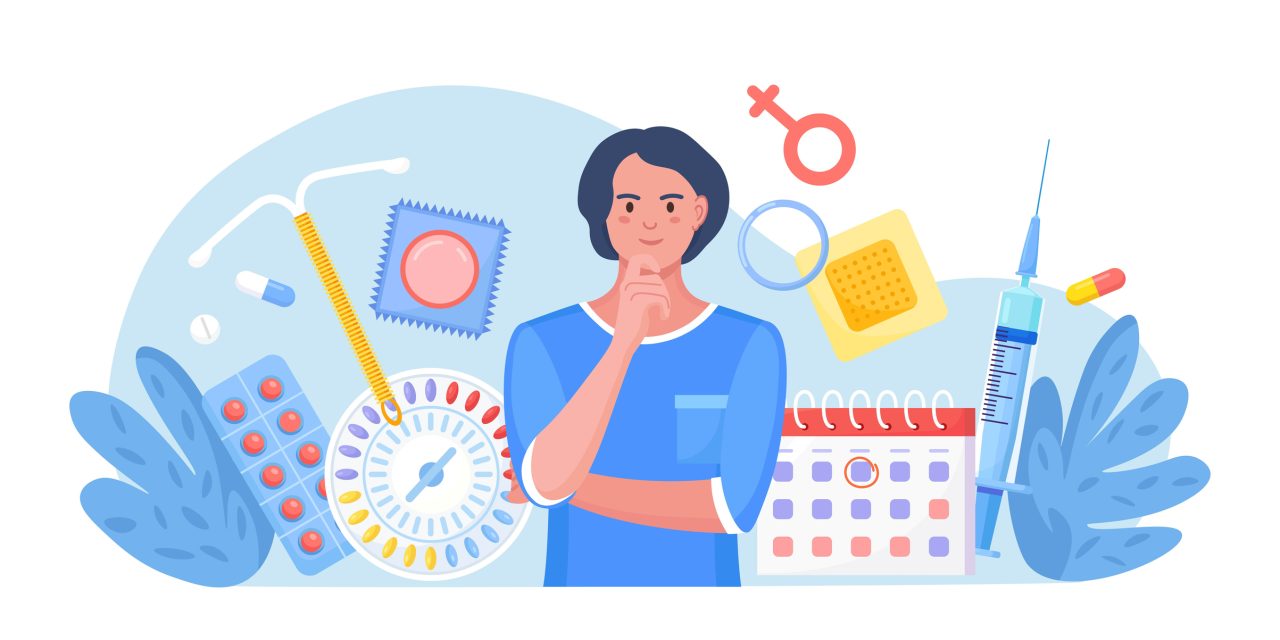Polycystic ovary syndrome affects 7% of women of reproductive ages. Poor-quality oocytes, along with lower cleavage and implantation rates, reduce fertilization.
This study aimed to determine crucial molecular mechanisms behind PCOS pathogenesis and repurpose new drug candidates interacting with them. To predict a more in-depth insight, we applied a novel bioinformatics approach to analyze interactions between the drug-related and PCOS proteins in PCOS patients.
The newest proteomics data was retrieved from 16 proteomics datasets and was used to construct the PCOS PPI network using Cytoscape. The topological network analysis determined hubs and bottlenecks. The MCODE Plugin was used to identify highly connected regions, and the associations between PCOS clusters and drug-related proteins were evaluated using the Chi-squared/Fisher’s exact test. The crucial PPI hub-bottlenecks and the shared molecules (between the PCOS clusters and drug-related proteins) were then investigated for their drug-protein interactions with previously US FDA-approved drugs to predict new drug candidates.
The PI3K/AKT pathway was significantly related to one PCOS subnetwork and most drugs (metformin, letrozole, pioglitazone, and spironolactone); moreover, VEGF, EGF, TGFB1, AGT, AMBP, and RBP4 were identified as the shared proteins between the PCOS subnetwork and the drugs. The shared top biochemical pathways between another PCOS subnetwork and rosiglitazone included metabolic pathways, carbon metabolism, and citrate cycle, while the shared proteins included HSPB1, HSPD1, ACO2, TALDO1, VDAC1, and MDH2. We proposed some new candidate medicines for further PCOS treatment investigations, such as copper and zinc compounds, reteplase, alteplase, gliclazide, Etc.
Some of the crucial molecules suggested by our model have already been experimentally reported as critical molecules in PCOS pathogenesis. Moreover, some repurposed medications have already shown beneficial effects on infertility treatment. These previous experimental reports confirm our suggestion for investigating our other repurposed drugs (in vitro and in vivo).
© 2021. Springer Nature Switzerland AG.
Repurposing new drug candidates and identifying crucial molecules underlying PCOS Pathogenesis Based On Bioinformatics Analysis.


